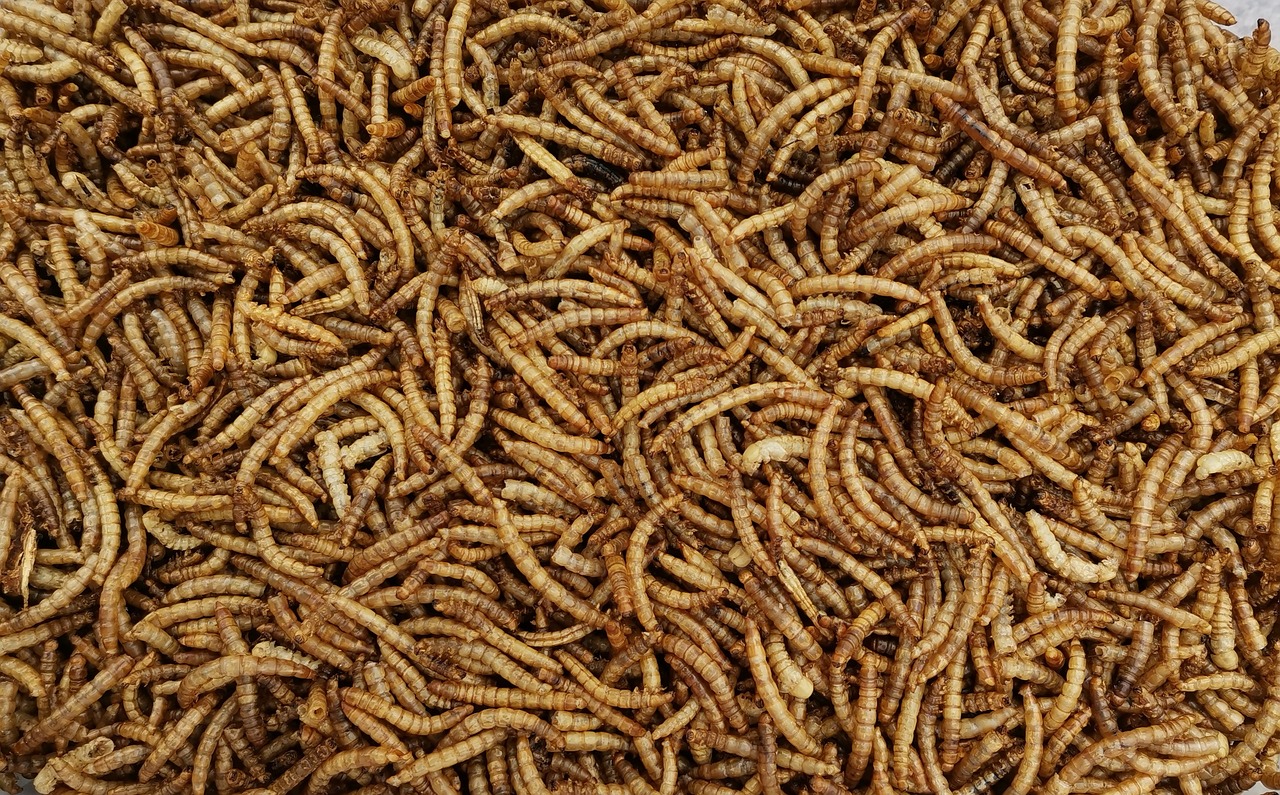In an era where convenience often trumps sustainability, there is a growing movement towards self-sufficiency. For many, this means reconnecting with the land, embracing traditional practices, and minimizing reliance on external sources for food and resources. My own journey towards self-sufficiency has been a gradual but purposeful one, centered around my garden and a newfound passion for preserving and canning.
It all started with a desire to take control of what I put on my plate. I wanted to know exactly where my food came from and how it was grown. So, I turned to my garden as a source of nourishment and embarked on a mission to grow as much of my own produce as possible. From tomatoes and peppers to cucumbers and carrots, my garden became a labor of love and a source of pride.
But as the seasons changed and the bounty of the garden began to overflow, I realized I needed to find ways to make the most of it. That’s when I turned to the art of preservation. Canning became a regular activity in my kitchen, as I learned how to turn fresh fruits and vegetables into jars of delicious jams, pickles, and sauces that would sustain me through the colder months.
However, my quest for self-sufficiency didn’t stop there. I wanted to take things a step further and reduce my reliance on store-bought items altogether. That’s when the idea of raising chickens entered the picture. Not only would they provide a steady supply of fresh eggs, but they would also help me achieve a more sustainable lifestyle by producing natural fertilizer for my garden.
As I delved into the world of backyard chicken keeping, I stumbled upon an unexpected discovery: mealworms. These little larvae, rich in protein and nutrients, turned out to be an ideal supplement for my flock’s diet. Not only did they provide a healthy source of sustenance for my chickens, but they also offered a sustainable alternative to traditional chicken feed.
But perhaps the most surprising benefit of mealworms was the frass they produced. This byproduct, often overlooked by many, turned out to be a valuable resource in my garden. Rich in nutrients, it served as a natural fertilizer, helping to nourish the soil and promote healthy plant growth. In a way, it was a perfect example of the interconnectedness of all things in nature.
Through my journey towards self-sufficiency, I’ve come to appreciate the symbiotic relationship between the garden and the animals that inhabit it. Each element plays a vital role in supporting the other, creating a harmonious ecosystem where nothing goes to waste.
In today’s fast-paced world, it’s easy to lose touch with the land and the natural rhythms of life. But by embracing the principles of self-sufficiency, we can reconnect with our roots and create a more sustainable future for ourselves and the generations to come.
So as I continue to tend to my garden and nurture my flock of chickens, I do so with a sense of purpose and gratitude. With each jar of preserves and each egg collected, I’m reminded of the abundance that surrounds me and the simple joys of living in harmony with nature. And in that harmony, I find fulfillment and peace.

Leave a Reply